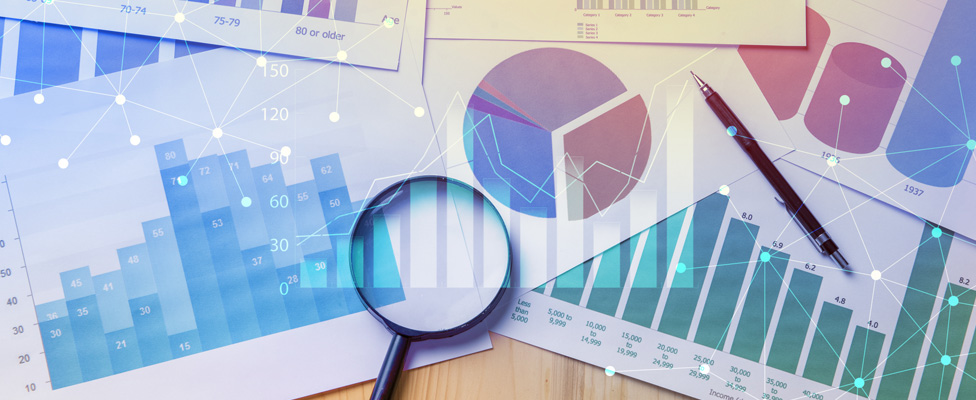
Prescription for Business Success: A New Breed of Analytics
Prescriptive analytics builds on predictive analytics by evaluating and recommending actions through heuristics (rules), machine learning, and other AI constructs. Here's how it's being used today and its prospects for the future.
- By Brian J. Dooley
- December 10, 2018
Although predictive analytics uses a variety of techniques based on traditional analysis and machine learning to predict everything from markets to customer actions, prescriptive analytics goes one step further by recommending an action. This may seem a simple advancement, but it actually requires considerably more data because the analysis needs to both determine the best action to take in a given situation and model the consequences to ensure the result is correct.
In very basic situations, this can be fairly straightforward. However, as actions and potential consequences grow in complexity, it can become extraordinarily difficult. At present, the spread of prescriptive analysis has been relatively slow. It has typically been applied to limited and easily modeled common business processes in areas such as marketing and finance, along with traditional operations research domains in vertical industries. Upcoming advances in AI and analytics are likely to propel this strategy forward.
Prescriptive Analytics Today
Prescriptive analysis has a long history, including operations research dating to the first part of the 20th century and "expert systems" in the 1980s that applied a list of rules suggested by human experts to problems. Many companies use techniques derived from these technologies to inform their business processes.
However, what is envisioned in today's prescriptive analysis is an evolution that builds on predictive analysis to create and evaluate actions through heuristics (rules), machine learning (ML), and other AI constructs including combined ML/analytics approaches and deep learning-based expert systems. The objective is to create solutions capable of discovering rules and applying them to an optimization problem as well as to apply a combination of analytics and AI techniques to solving unique problems involving timing and complex dependencies.
Prescriptive analytics will become increasingly important as a step toward autonomous processes. Once the best course of action has been discovered, it often takes less effort to devise a way to automate that action.
Use Cases
One major use of prescriptive analytics is in sales and marketing, where there is a limited range of potential actions but with very high stakes. In sales, the numbers may be large but the questions are generally fairly simple: How do I improve returns on my campaign? What action should I take to improve sales? What is the best way to construct my marketing campaign? Everything is digital and relatively straightforward.
Another common -- and related -- example of prescriptive analytics is in recommendation systems such as those offered by Netflix, Amazon, and Google. These systems combine rules and pattern matching to determine individual tendencies, then sort through available options to suggest an action: Watch this movie, buy this gadget, or look at this first.
The intention of these systems is to shortcut the conventional sales or selection process and reduce the number of intermediaries between people and decisions. Common business operations in sales and marketing, administrative functions, recruiting, IT security, and similar areas can be optimized through prescriptive analytics and applied to numerous firms through use of standard processes and software.
Prescriptive use in other operations is somewhat different. Areas in which earlier forms of prescriptive analytics have been used are data-driven processes of considerable complexity involving measurable parameters. These areas include optimizations in petroleum discovery, medicine, mining, fraud detection, and transportation. In these areas, current prescriptive analytics is an evolution from operations management that is being driven by greater processing power, advances in analytics such as deep learning and new approaches to big data, increasing data volumes, and the urgency of competition.
Long-Term Expectations
Use cases for prescriptive analytics are continuing to expand as understanding grows. Many cases are extensions of previous heuristic or programmatic solutions, becoming significantly more powerful through advances in underlying predictive and descriptive analytics, and aided by ML and composite AI strategies. One area of particular interest to IT departments is the application of prescriptive analytics to software development as a way to meet the velocity of change from DevOps. This is currently in the research stage, but it appears promising.
Because this area is only now coming into focus in a new technological environment, the fundamentals of prescriptive analytics remain sketchy. Advancing AI makes predictive analytics more beneficial in a greater number of use cases, but also opens the door to complete automation. Use cases today tend to focus on particular niches in which benefits are easily understood, but this will change as vendors consolidate. Ultimately, predictive analytics will become a part of the general trend toward AI and automation in business.
About the Author
Brian J. Dooley is an author, analyst, and journalist with more than 30 years' experience in analyzing and writing about trends in IT. He has written six books, numerous user manuals, hundreds of reports, and more than 1,000 magazine features. You can contact the author at bjdooley.query@yahoo.com.